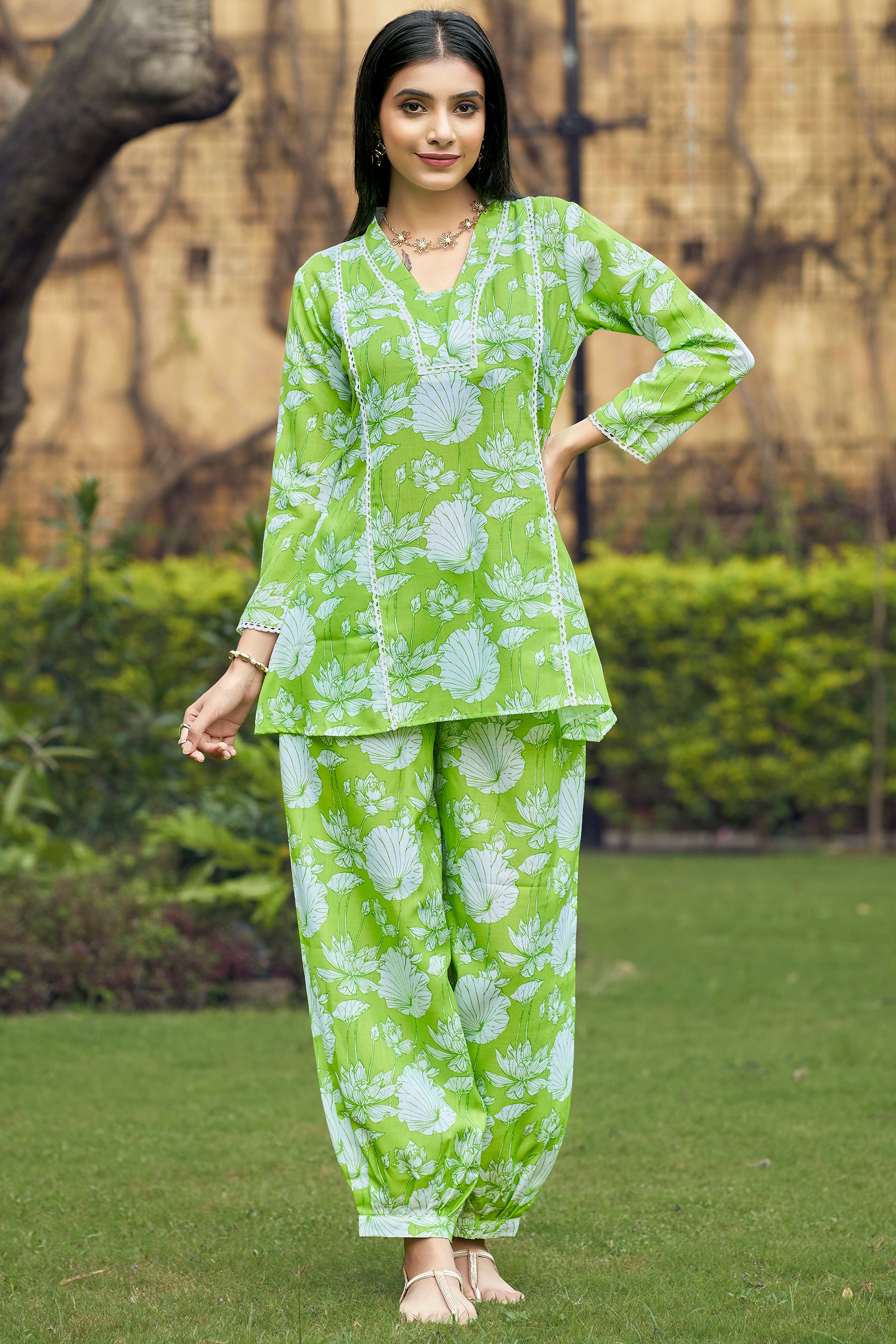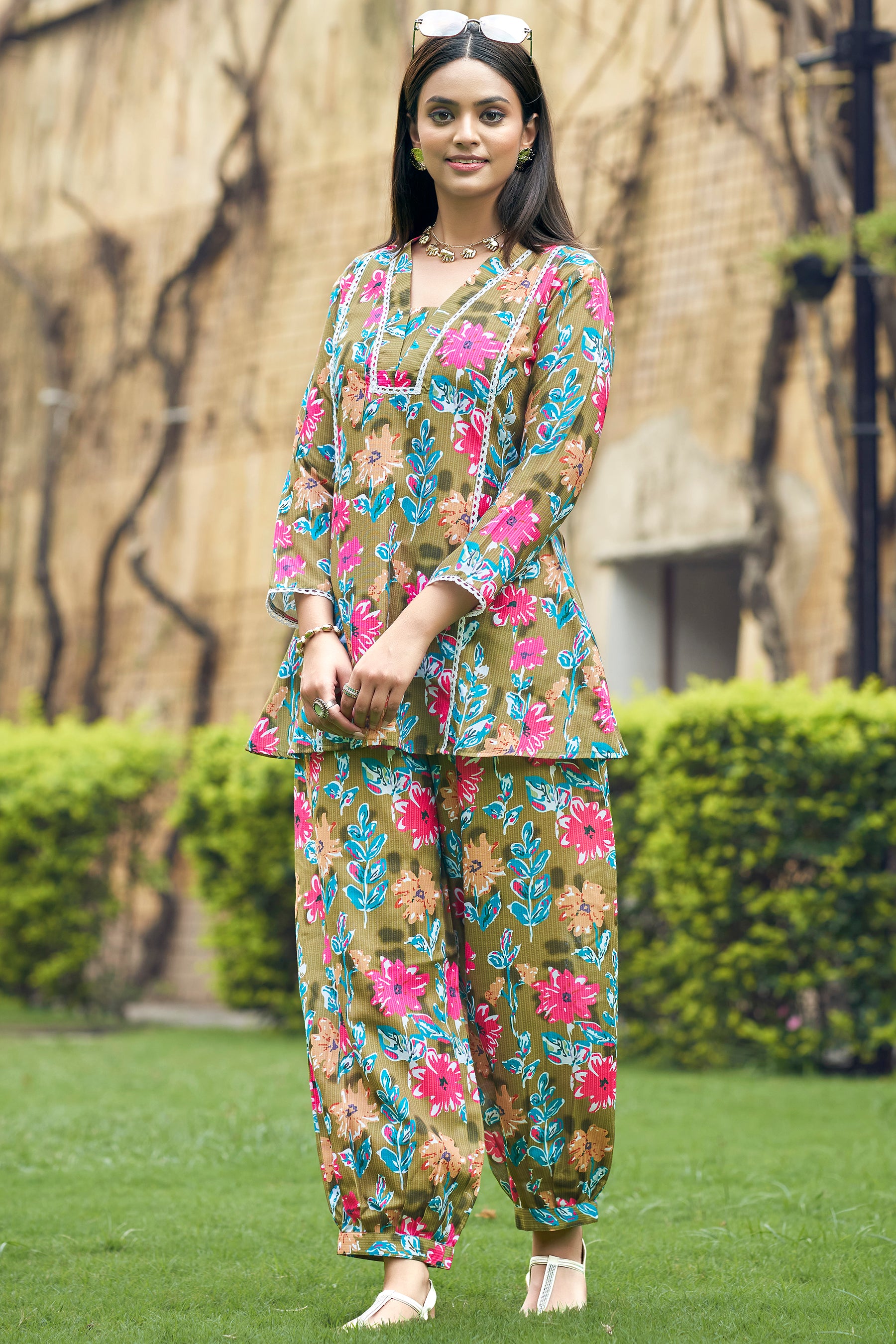Indian embroidery is more than just a craft; it’s a cultural heritage that reflects the rich history and diverse traditions of the country. Over the centuries, traditional Indian embroidery has adorned garments, telling stories of its origins, and representing the skills passed down through generations. Unfortunately, as fast fashion takes over, many of these intricate arts are slowly fading away. However, Colors of Earth is on a mission to revive these lost arts through its carefully curated collections. This blog will walk you through how Colors of Earth is breathing new life into traditional Indian embroidery, and we’ll also share some practical tips on how you can appreciate and support this revival.
The Significance of Traditional Indian Embroidery
Traditional Indian embroidery is a craft that has evolved over centuries. Techniques like Zardozi, Chikankari, Phulkari, and Kantha have roots in different parts of India, each with its unique style and cultural significance. These embroideries were often used to adorn garments worn during special occasions, serving as symbols of status, spirituality, and regional pride. However, with the rise of fast fashion, these crafts have been overshadowed by mass-produced designs.
At Colors of Earth, we understand that these techniques are more than just embellishments. They are a connection to our roots, a reminder of the diverse cultural tapestry that makes India unique. By integrating traditional embroidery into our ethnic wear collection, we aim to revive these lost arts and introduce them to a new generation.
How Colors of Earth is Reviving Traditional Indian Embroidery
1. Incorporating Traditional Techniques into Modern Designs
One of the primary ways we revive traditional embroidery is by blending it with contemporary fashion. We understand that while people appreciate the beauty of traditional designs, they also seek comfort and versatility in their clothing. By merging classic embroidery techniques with modern silhouettes and styles, we create pieces that are not only beautiful but also wearable in various settings.
For example, our ethnic wear for women features subtle embroidery on lightweight fabrics, making them perfect for both casual outings and festive occasions. Similarly, we use Zardozi embroidery to add a touch of luxury to our evening wear collection, offering a modern twist to an ancient craft.
2. Collaborating with Artisans
Reviving traditional embroidery is not just about using the techniques; it’s about supporting the artisans who keep these crafts alive. At Colors of Earth, we work closely with skilled artisans from different regions of India, ensuring that their craftsmanship is honored and fairly compensated. By providing them with sustainable work opportunities, we contribute to the preservation of these art forms.
We also believe in transparency. When you purchase an embroidered piece from Colors of Earth, you’re not just buying a dress; you’re supporting a community of artisans dedicated to preserving their heritage. This direct connection between the consumer and the creator adds a deeper meaning to our garments, making them more than just a fashion statement.
3. Educating Customers
Awareness is the first step towards appreciation. Many people may not know the difference between various types of traditional Indian embroidery or the cultural significance behind them. To bridge this gap, we at Colors of Earth are committed to educating our customers. Through detailed product descriptions, blog posts, and social media content, we share the stories behind each embroidery technique, helping our audience understand and value the craftsmanship that goes into every piece.
By making this information accessible, we encourage our customers to make informed choices and develop a deeper connection with their clothing. This not only fosters a greater appreciation for traditional arts but also promotes a sense of pride in wearing garments that represent our cultural heritage.
Tips for Incorporating Traditional Embroidery into Your Wardrobe
Now that you understand the importance of reviving traditional Indian embroidery, you might wonder how to incorporate these beautiful pieces into your everyday wardrobe. Here are some practical tips to help you do just that:
1. Start with Statement Pieces
If you’re new to traditional embroidery, start by adding a few statement pieces to your collection. A beautifully embroidered kurta or a dupatta with intricate Phulkari work can instantly elevate your outfit. Pair it with simple bottoms or accessories to let the embroidery stand out.
2. Mix and Match with Modern Pieces
Don’t be afraid to mix traditional and modern elements in your outfit. For instance, you can pair an embroidered top with jeans or a contemporary skirt. This creates a balanced look that is both stylish and culturally rich. Mixing different styles also allows you to experiment with your wardrobe and create unique, personalized outfits.
3. Choose Versatile Colors and Designs
When selecting embroidered pieces, opt for versatile colors and designs that can be styled in multiple ways. Neutral colors like white, beige, and black are timeless and can be paired with various other shades. Similarly, simpler designs can be dressed up or down depending on the occasion, giving you more flexibility in your wardrobe.
4. Care for Your Embroidered Garments
Traditional embroidery requires careful maintenance to preserve its beauty. Always follow the care instructions provided with your garment, and consider dry cleaning for pieces with delicate work. Store your embroidered clothes in a cool, dry place, and avoid direct exposure to sunlight to prevent fading.
The Future of Traditional Indian Embroidery
As more people become aware of the importance of preserving cultural heritage, there is hope for the future of traditional Indian embroidery. At Colors of Earth, we are optimistic that with continued efforts, these crafts will not only survive but thrive in the modern fashion landscape. Our commitment to reviving these lost arts is unwavering, and we invite you to join us on this journey.
By choosing traditional embroidery, you’re not just making a fashion statement—you’re embracing a piece of history. Let’s work together to keep these traditions alive and ensure that the stories told through each stitch continue to be passed down for generations to come.








